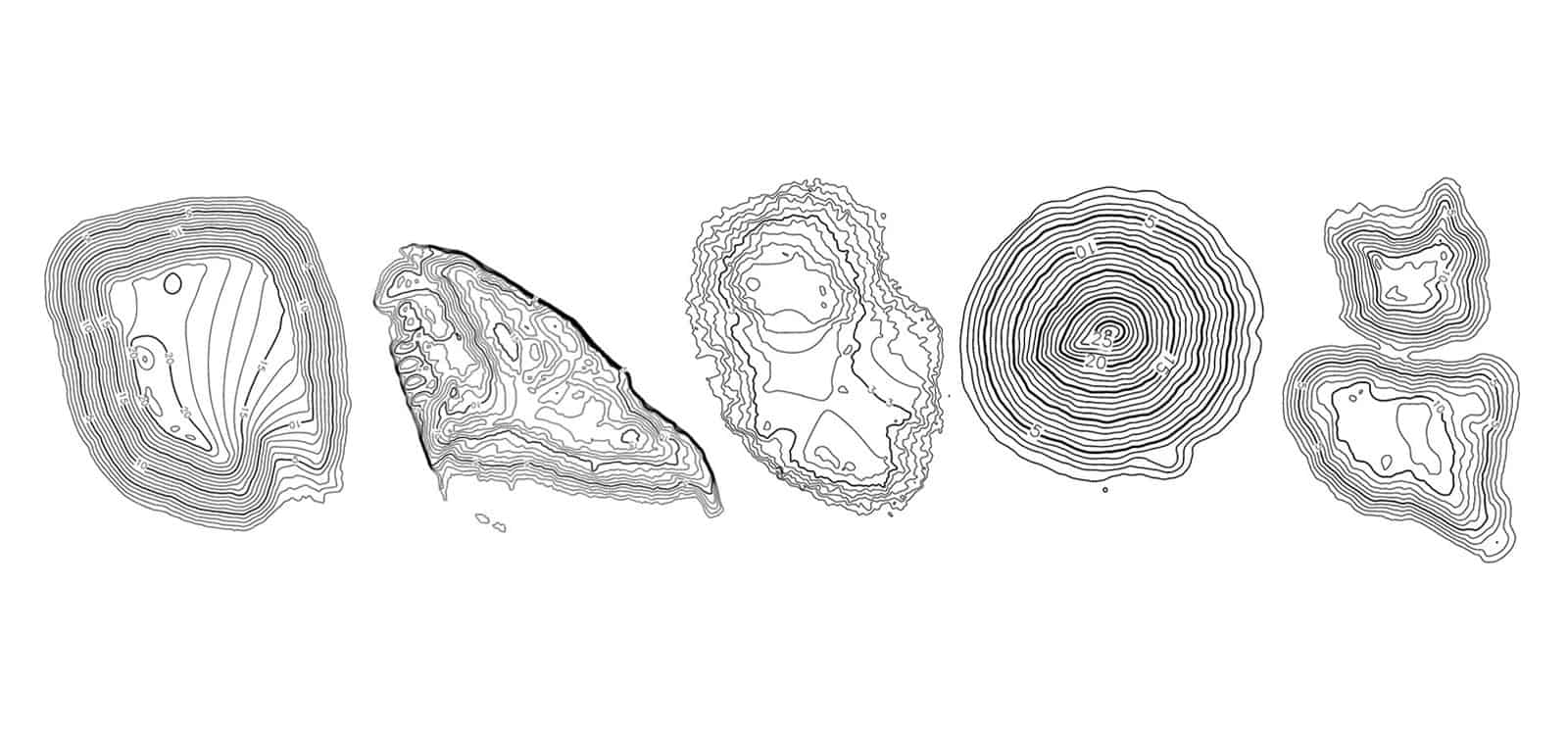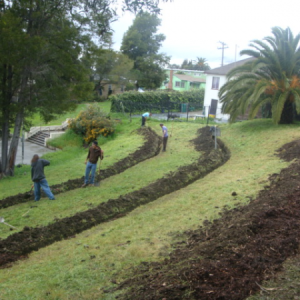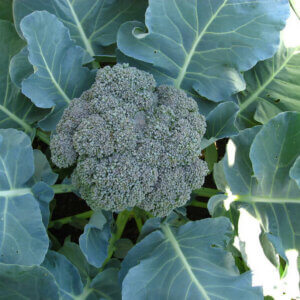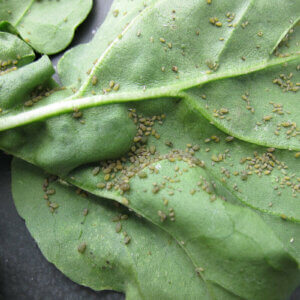Permaculture. As far as homesteaders are concerned, there are few topics that are more crucial to success on the land. Even if you aren’t a full-time back-to-the-lander, the concepts and ideas espoused by Bill Mollison (the creator of the term “permaculture”) will be useful to a caretaker of any amount of land.
If you haven’t already done so, I recommend checking out my article on the basics of permaculture to familiarize yourself with those introductory ideas. Today, we are going to go deeper into one aspect of successfully implementing permaculture on your homestead: Retaining water on your land and preventing runoff.
Understanding the Water Cycle

Before we can really down to the nitty gritty of keeping water on your land, we need to understand the basics of the water cycle. The water cycle is one of many different cycles that exist on the planet. For all intents and purposes, the Earth is a closed system as far as nutrients go. Aside from the few space rocks that hit our planet’s surface every year, we aren’t getting any new “stuff” here on Earth.
By the same token, we aren’t losing any either. Instead, the same atoms and elements that were here hundreds of years ago are still here. They move from one place to another, or exist in one form or another on our planet.

Water is one of those things that cycle around our Earth. As it is a cycle, you can choose any place where water exists as the starting point, and follow its path from there. Let’s start with the biggest store of water, the ocean. From the ocean, water evaporates and is carried into the air. There the water condenses as droplets to form clouds. These clouds are carried around by the prevailing winds. Once the water droplets get large enough that the air can’t keep them aloft anymore, they fall to the ground as rain.

When it hits the ground as rain, a few different things happen. Some of it sinks into the ground to become part of underground water storage called an aquifer. Some of the rain is used by plants to drive photosynthesis, which plants use to grow larger and store energy.
Finally, once the ground is saturated, the excess water runs along the surface downhill. This is called runoff. The water continues downhill until it gets to a lake, stream, or river. From there, it joins ever larger rivers until it eventually empties back into the ocean. Voila! The cycle is complete.
What Is Runoff and Why Should You Prevent It?
As mentioned in the above section, runoff begins once the ground is saturated with rain. It can also happen when the soil is unable to absorb water fast enough to keep up with the rate rain is falling, especially during heavy rain. In any case, this unabsorbed water flows over the surface of the ground downhill.
It is important to note that the steeper the land, the faster water moves. It is vital to understand that it is not just water in this runoff – it is carrying soil away with it. As the water moves over the ground, it picks up tiny particles of dirt and transports it downhill.

This runoff can be a significant source of lost topsoil on even mildly sloped land. Loss of topsoil means loss of fertility for plants that you are trying to grow. And if you are focused on raising animals like cattle, sheep, or goats, the number you can successfully raise on a given amount of land is directly proportional to the amount and quality of herbaceous plants growing there.
Therefore, it is in your best interest, no matter what you are raising or growing on your homestead, to prevent runoff as much as possible. And that, reader, is one of the main focuses of permaculture; specifically, water retention. Let’s see how it is done.
Methods of Retaining Water and Preventing Runoff
Permaculturists have come up with a variety of ways and solutions to ensure the water that falls on your land stays on your land and doesn’t cause any runoff in the process. Some of these ways are simple and require little work on your part, while others (such as those with a holistic design approach), are quite major undertakings that will require significant effort to complete. All of them will benefit your land, but which you will choose largely depends on your means in terms of both economics and physical power.
Method #1 – Plants

This is the easiest method. All you have to do is ensure that plants are actively growing on the surface of the ground, be it trees or a garden bed. In fact, regardless of which method you choose, this should always be a part of your plan. Bare ground is the most susceptible to the erosive forces of falling water, so you need to do whatever you can to make sure that the ground is not without cover.

Any sort of plants will help, but those with the densest root systems will do the best job. Generally, this means low-growing plants like ground covers and shrubs. Grasses, creeping phlox, creeping juniper, and pachysandra are a few plants that will do the job. Of course, you will need to choose the right sort of plant for your specific location. No matter what your needs, there is probably a plant for the job.
Method #2 – Contour Line Ditches

For this water conservation method, you will dig a series of ditches on grade across your slope. The idea here is to “catch” the water in these ditches as it flows down your land. The water then has a chance to soak into the ground in these ditches.

To make them, you first need to mark contour lines across your slopes. A great way to do this is to make an A-frame level. I made one out of two-by-fours and a 6-foot level. First bolt three two-by-fours together in the shape of an A. Then zip tie the 6-foot level across the middle horizontal portion of the A. Once complete, you just need to “walk” the A-frame level across your slope. Every time the level reads that it is level, put a marker flag down at the foot of the A. In no time at all, you will have a contour line marked out.

After marking your contour lines, you will need to actually dig the ditches. How much effort this requires depends on the equipment you have available. If all you have is a pickax and shovel, it will require significant work, but it will be otherwise cost-free. A ditch witch or a tractor with a similar attachment will reduce your workload significantly. A small excavator will make large ditches quickly.
Method #3 – Swales
Swales are basically small, on-grade hills that traverse a slope. The function is the same as the aforementioned contour line ditches; to stop the water as it runs down slope, and give it a chance to soak into the ground. However, swales are a bit more involved.
To make them, you still need to make your contour lines using the method described above. Once this is done, you will need to excavate some land, and then put the excavated dirt downslope of where you took it. This will form a flat level surface right before a little hill. As you continue this across the slope, you will end up with a swale.

Permaculturists love swales because swales give them the opportunity to plant many different sorts of plants. The swales form a distinct microenvironment that can be drastically different from the rest of the land. As you may know, slopes are generally not home to plants that like moisture as the water runs downslope too fast. A swale changes that dry slope into a moist area that can grow different plants.
Method #4 – Terraces

By far the most labor-intensive method, but one that is supremely effective. With terraces, you basically make sloped land into a bunch of flat steps. It can work with pretty much any grade, but steep slopes will require more difficult work. Regardless of how steep the land is, terracing the land is a major undertaking.

You will basically need to make a whole series of retaining walls. You generally start with the lowest retaining wall and build it along a contour line. Once the wall is built, you fill up the area behind the retaining wall with excavated earth from slightly uphill. This area should be leveled. Next, make another retaining wall at the back of the newly leveled area and do the same thing. This is repeated all the way up the slope until you’ve reached the highest point.

If you ever question the effectiveness of terraces, look no further than the rice paddies in the mountainous areas of China. These terraces were made by hand on very steep land. Now, they are able to grow rice in flooded fields. It is a great example of what humans are capable of when enough hands and minds are put to work.
Conclusion
If you have less than optimal, sloped land, there are ways to transform it into a more productive place. The key to accomplishing this is doing your best to prevent runoff and topsoil loss. You can convert a dry sloped hillside into an oasis of sorts that is productive beyond your imagination. All it takes is a little know-how and a bit of (okay, a lot of) work. Happy permaculturing!










































Leave a Reply